Where did the Easter bunny come from?
Easter without colored eggs and Easter bunnies made of chocolate? No, it is inconceivable today! The two have established themselves as typical symbols of Easter. Even small children are taught that on Easter Sunday, Master Lampe brings the Easter eggs with him and hides them in the garden in the grass, where the little ones have to look for them. That always means a lot of fun and a good mood for young and old. Logically, however, the question arises, why do you associate the rabbit with the eggs? At least that sounds a bit strange, doesn’t it? If these thoughts are also floating around in your head, then just keep reading. Here we try, in a nutshell, to reveal this ancient riddle.
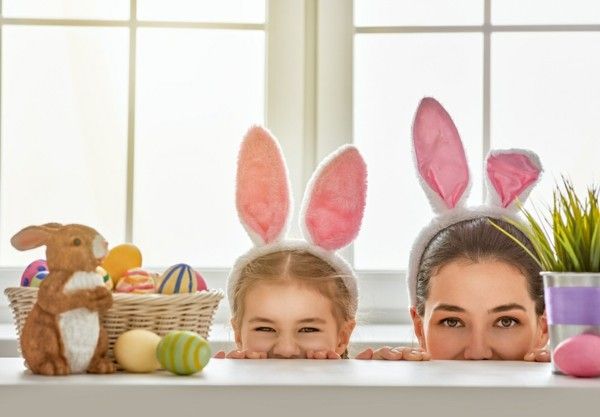
The Easter Bunny makes happy young and old at Easter!
Although the Easter bunny is the typical symbol of Easter today, its origin has not yet been clearly established and raises many questions to which we cannot yet find a clear answer. Historically, pagan and Christian legends and sagas are intertwined in the origins of the Easter Bunny. And they have centuries of history. Even in antiquity, the hare was associated with the resurrection of Jesus Christ. There the hare is represented as the companion of the goddess of love Aphrodite and in Germanic mythology as the favorite animal of the Germanic earth goddess Holda. There are many examples in ancient art and architecture that depict the long-eared symbol of life and rebirth. In medieval church icon painting, the hare was still presented as a symbol for the resurrection of Christ. We can look further back in history and find other interesting facts. For example, it is believed today that the hare was the symbol of the old Germanic spring goddess Ostara. One of the Brothers Grimm, namely Jacob Grimm, said this for the first time. He was referring to the research of an old Anglo-Saxon monk and church historian named Beda, who tried to explain the name of Easter with the old Germanic goddess Eostrae. The word Easter comes from Eostrae or Ostara, in English-speaking countries – Easter. In many legends, the goddess Ostara is portrayed as the goddess of fertility; she was actually celebrated in March. Since the rabbits are born in large numbers in March, the cute animal is also associated with fertility. Its population is enormous in the spring, that is an undisputed fact. And as is well known, the old symbolism of Easter is exactly the new beginning of life and fertility. So it got through and the rabbit has become the symbol of Easter. That’s why he brings the eggs on Easter Sunday!
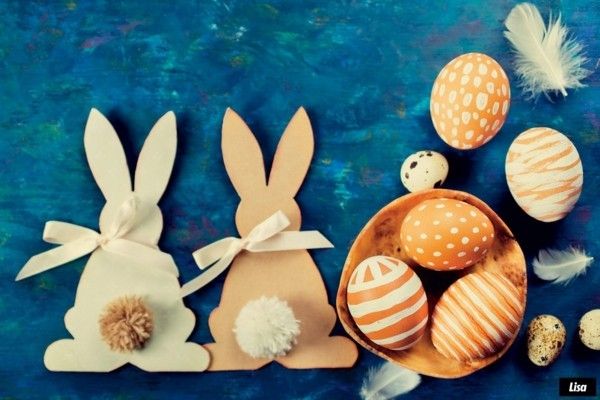
In our modern world, the Easter bunny is the eternal symbol of Easter
However, there are peoples or individual regions that do not see it that way. According to their long traditions, other animals bring the Easter eggs there. For example, this can be the cuckoo, the fox sometimes also plays this role, but very often colorful Easter eggs are brought by the stork or another migratory bird. This proves again the fact that the interpretation of old myths, legends and sagas can be very different. But one thing is certain: in German-speaking countries, the Easter bunny was first mentioned in a document in 1682. The oldest known source is the scientific writings of the old medicine professor Georg Franck zu Franckenau. The professor reported on the Easter Bunny with the sole aim of warning people not to consume too much eggs during Lent. But that was understood differently and since the end of the 17th century until today the hare has been an inseparable part of the festival. In some federal states, Easter eggs are even called rabbit eggs.
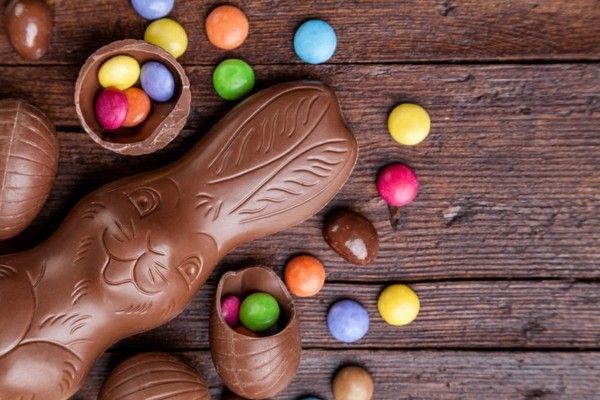
Chocolate bunnies and other delicacies make the little ones happy at Easter!
Actually, the small children don’t care what we call the brightly colored eggs. They are always happy to find them out in the grass or hidden somewhere at home. Especially if they are chocolate eggs. And the chocolate Easter bunny immediately puts a big smile on their faces. Easter can be so beautiful!
We also wish you a happy Easter with lots of joy and fun!
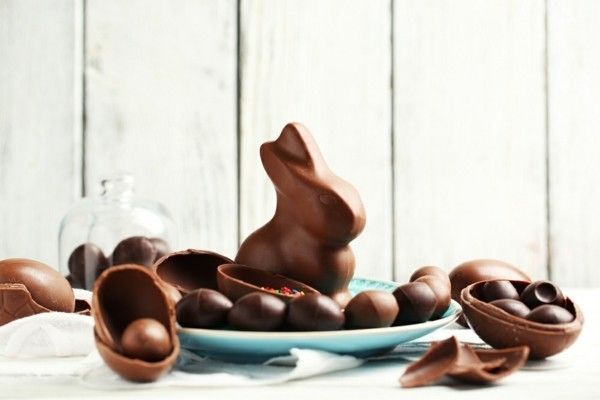
Today the rabbit is the central figure of Easter
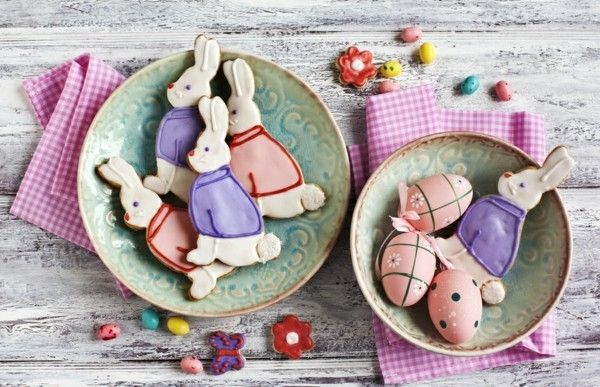
Cute Easter bunnies and colored eggs make up the festive decoration for Easter.
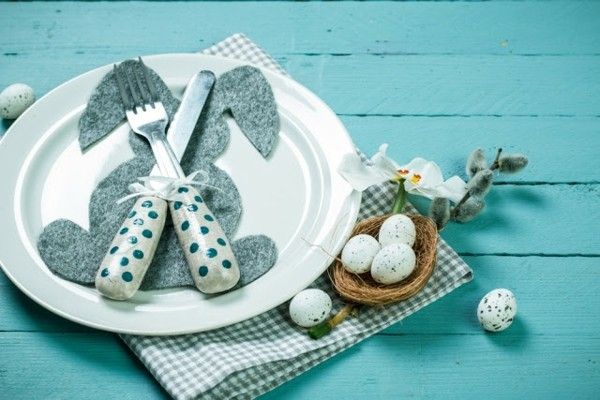
The Easter bunny can be seen everywhere at Easter
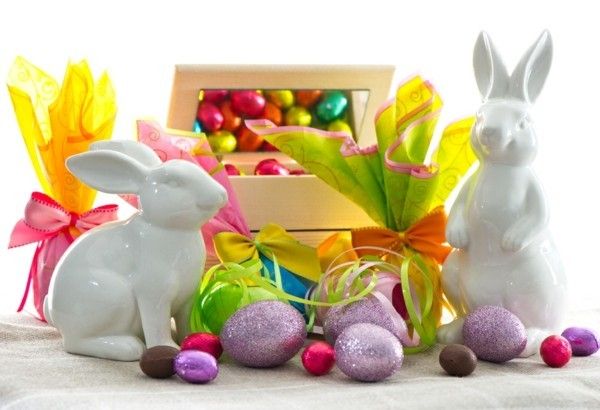
Porcelain Easter bunnies are the stars of this decoration!
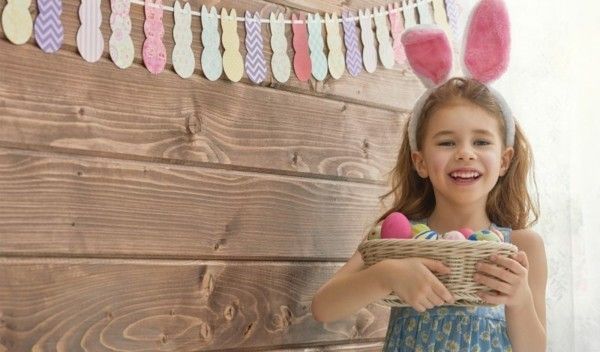
Easter bunnies make the festival more colorful and cheerful!
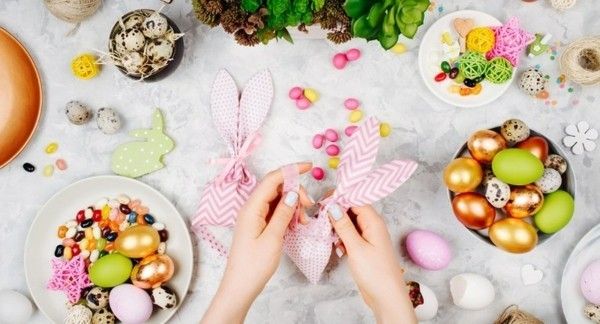
You can certainly make your own Easter decorations
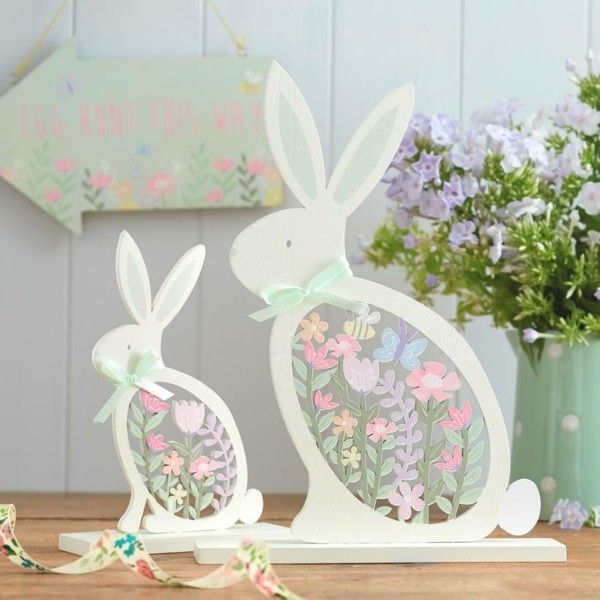
Meister Lampe – an indispensable highlight of the Easter decoration
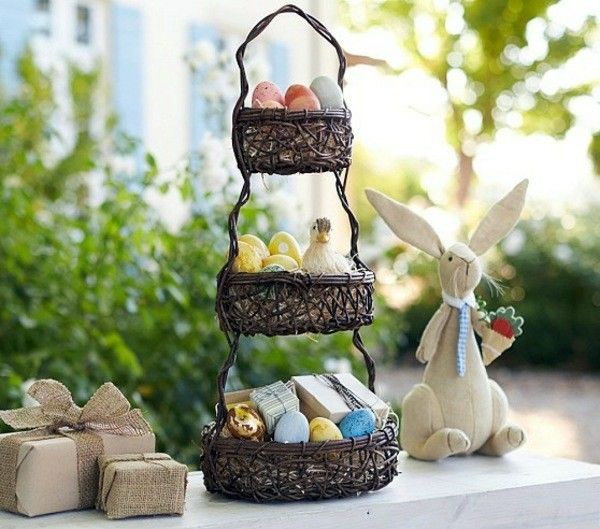
Easter eggs, small gifts and an Easter bunny – do you need something else for the Easter decoration?
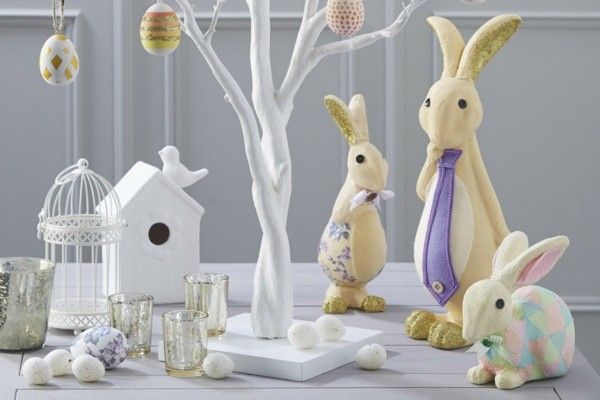
Scandinavian Easter decorations – white is the dominant color here
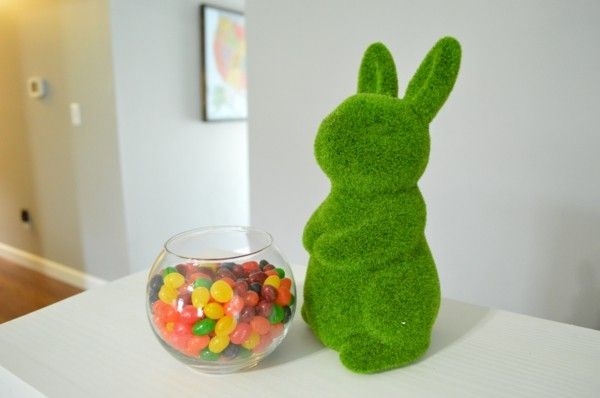
The Easter bunny not only brings colored eggs for Easter, but also small candies, chocolates and other small or large surprises
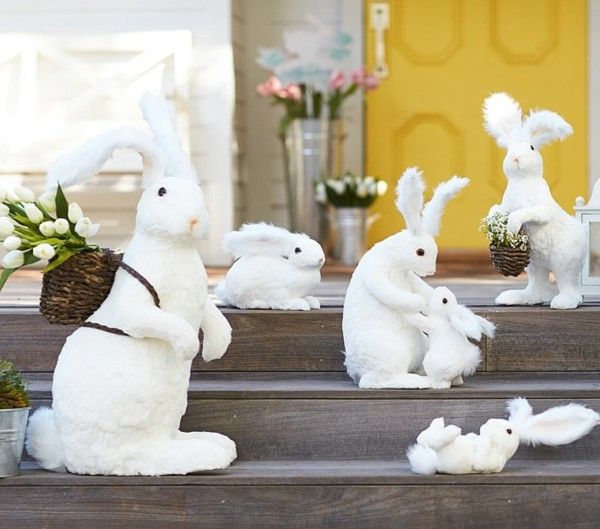
Without any competition, the Easter bunny is the symbol of Easter
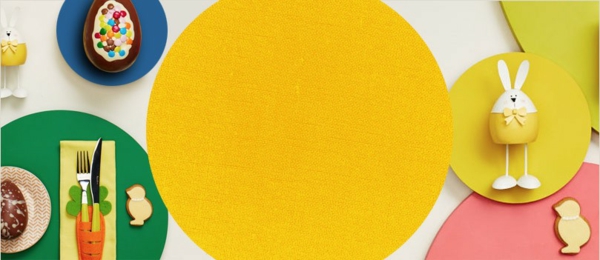
The decoration for Easter can also be a bit abstract
Visit the rest of the site for more useful and informative articles!




